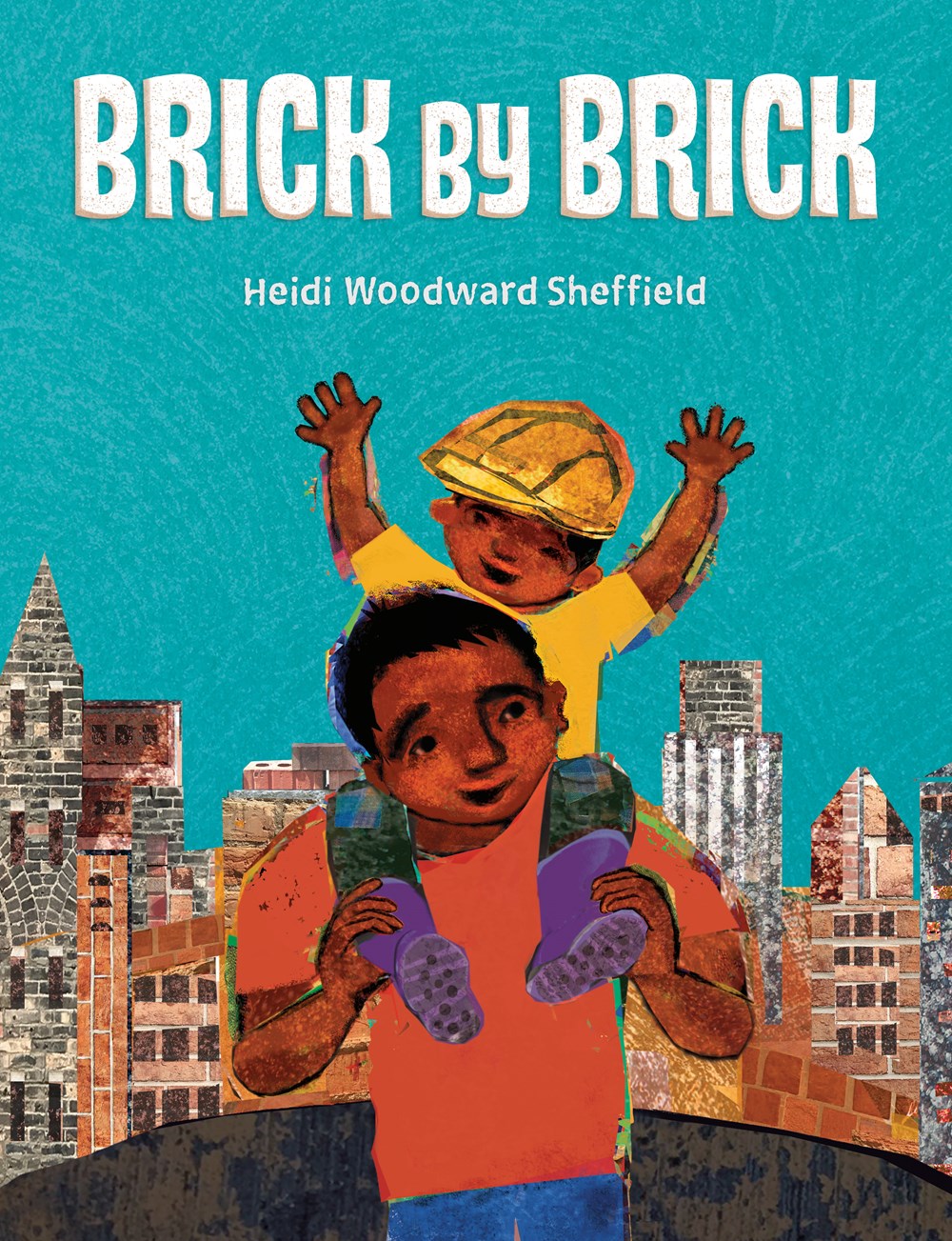Gr 1-3–“Mi papi es fuerte--my papi is strong. He’s a bricklayer. His arms are like stone.” The young narrator describing his father’s work is not named in the text, but printed on one of his drawings is the name Luis. While discussing the stages of bricklaying, Luis explains parallels between his father’s work and his own. “Papi’s work is brick by brick. Mine is book by book.” Though he appears to be quite young, Luis attends school, reads, and molds bricks to build a small house. He also describes a special dream. “I dream of a house for us. Nuestra casa para siempre--our always house.” Predictably, father’s bricks build that house. Bricks are the key element here; Sheffield also uses photographs of them in her collage illustrations. They add texture and a touch of realism in Papi’s work and in views of the city buildings and the new house. The effect is a bit odd when she uses them to create the mottled brown/red skin of Luis and Papi. At times they have quite rosy cheeks, but often they appear to have irregular splotched complexions. The text is lively and peppered with Spanish words and phrases.
VERDICT This story has a pleasant father/son relationship, and the pictures and explanations of bricklaying will likely interest children.





Be the first reader to comment.
Comment Policy:
Comment should not be empty !!!